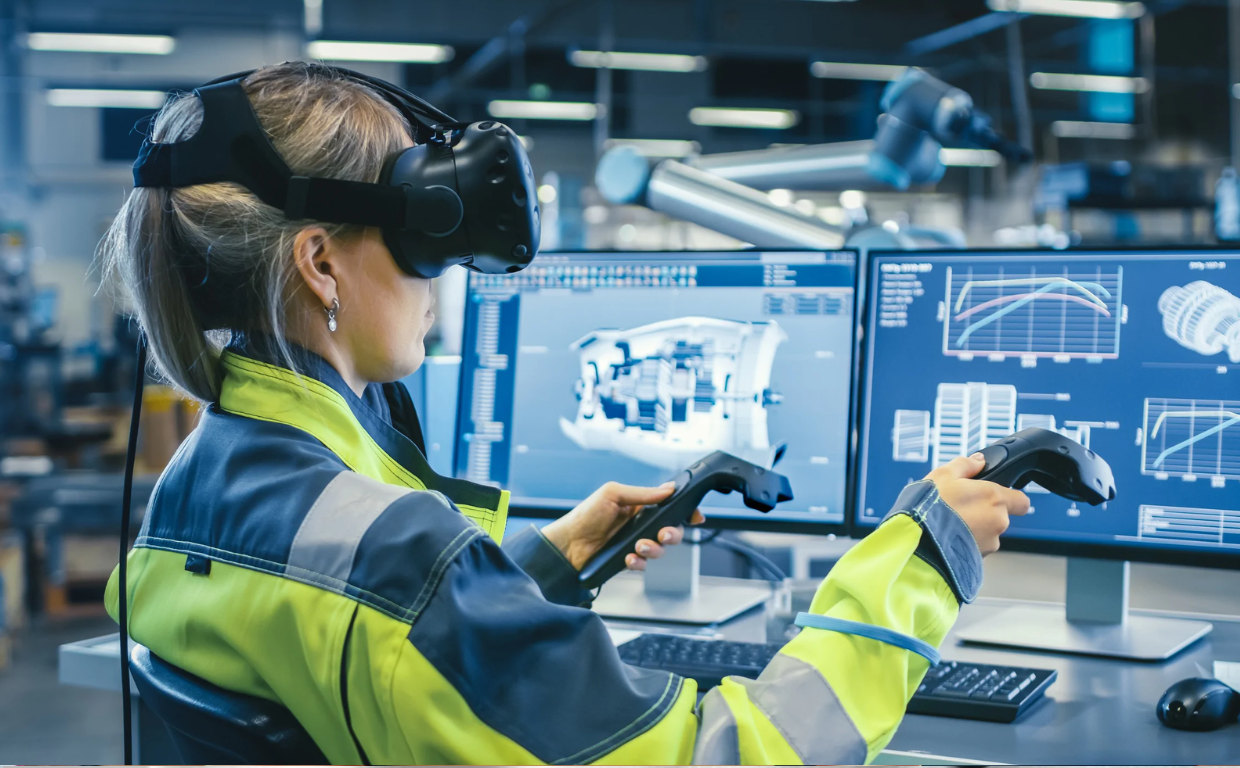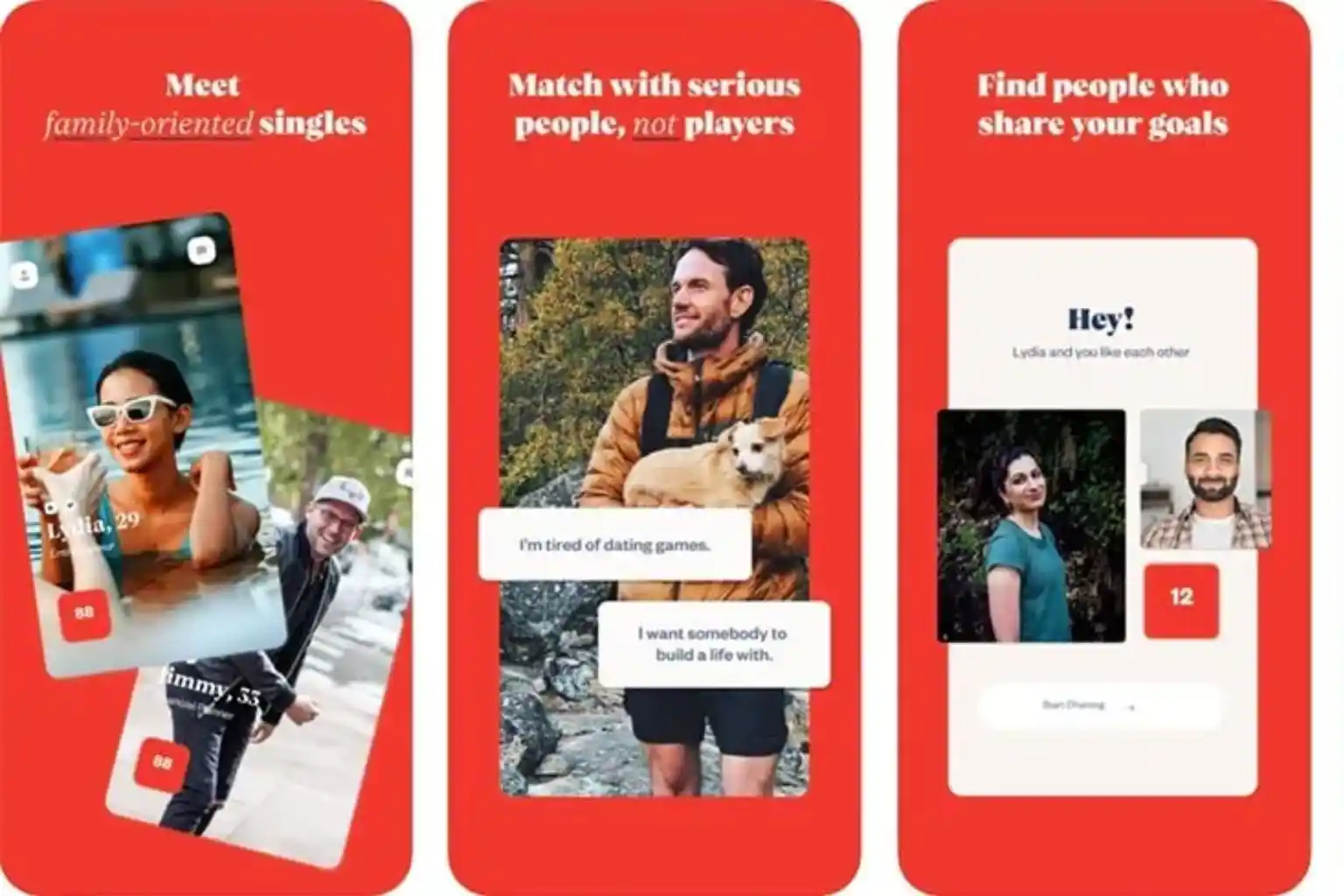
Augmented Reality (AR) and Virtual Reality (VR) technologies are reshaping how industries interact with customers and operate internally. From immersive experiences to enhanced training, discover the top sectors harnessing AR and VR app development.

Healthcare: Enhancing Training and Treatment
The healthcare industry is one of the biggest beneficiaries of AR and VR. These technologies provide immersive environments for surgical simulations, helping doctors practice in a risk-free space.
VR therapy also helps treat conditions like PTSD and anxiety disorders. Patients benefit from controlled, virtual environments that support mental health recovery.
AR allows doctors to visualize patient anatomy in 3D, improving diagnostics and treatment planning. This reduces errors and improves patient outcomes.
Hospitals use VR to educate patients on medical procedures, increasing transparency and reducing anxiety before surgeries.
At Mahi Media Solutions, we assist healthcare providers in building AR/VR apps for learning, treatment, and patient interaction.
Explore how VR is transforming healthcare in this NIH article.
Education: Immersive and Interactive Learning
AR and VR bring abstract concepts to life in the classroom. Students can explore historical landmarks or dissect virtual frogs—enhancing learning without physical resources.
VR headsets allow learners to experience environments beyond their reach, from space travel to deep sea exploration.
AR overlays help visualize subjects like geometry or anatomy in 3D, making lessons more engaging and effective for all learning styles.
Teachers can create immersive experiences for remote learners, offering interactive virtual classrooms regardless of location.
We work with educational institutions to develop apps that modernize curriculums with interactive, tech-driven content at Mahi Media Solutions.
Read more on the impact of immersive education in this EdTech article.
Retail: Elevating the Shopping Experience
Retailers are using AR to allow customers to try before they buy—visualizing products in their homes or on their bodies.
Virtual showrooms let users explore collections in 3D, offering interactive browsing without physical stores.
Furniture brands use AR apps to show how a couch or bed fits into a space, reducing returns and improving satisfaction.
Cosmetic and fashion retailers use virtual try-ons to enhance online shopping, increasing conversions and customer confidence.
Our team helps retail brands integrate AR shopping tools that drive engagement and sales. Learn more via our services page.
This Google article highlights trends in AR shopping adoption.
Real Estate: Virtual Property Tours
Real estate companies use VR to give clients virtual tours of homes and commercial spaces, saving time and travel.
Buyers can explore floor plans and renovations with AR overlays, improving decision-making before visiting in person.
Property developers showcase projects using immersive walkthroughs even before construction begins, boosting early interest and sales.
Virtual staging replaces costly physical setups by digitally furnishing rooms with style options based on buyer preference.
We partner with realtors and builders to create VR tours and AR visualizations that transform real estate marketing. Contact us today.
Check out how VR is used in real estate in this Forbes article.
Manufacturing & Engineering: Visual Prototyping
AR and VR allow engineers to simulate, visualize, and modify designs in real-time without creating physical prototypes.
Technicians receive step-by-step assembly instructions overlaid on equipment, reducing error rates and speeding production.
VR environments are used to train staff on safety protocols, machinery handling, and production workflows safely.
Manufacturers can detect design flaws early by simulating interactions, which saves time and reduces costs.
We assist manufacturing businesses in integrating immersive tools for training, prototyping, and maintenance. Get a quote now.
Learn more in this PwC Industry 4.0 article.
Entertainment & Gaming: The Original AR/VR Playground
The entertainment sector leads in AR/VR adoption. VR gaming offers full immersion, while AR enhances gameplay in real-world settings.
Movies and concerts are exploring VR experiences where audiences can watch performances from any angle or location.
AR filters and lenses on social media provide fun, shareable content that strengthens engagement with younger audiences.
Storytelling is also being redefined through immersive films and interactive narratives built in virtual environments.
We work with creative teams to develop interactive, immersive experiences that push the boundaries of storytelling.
Explore the future of entertainment in this CB Insights article.





